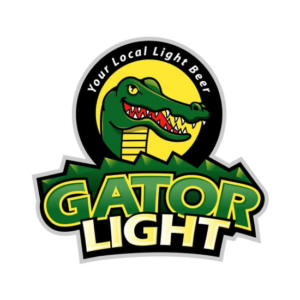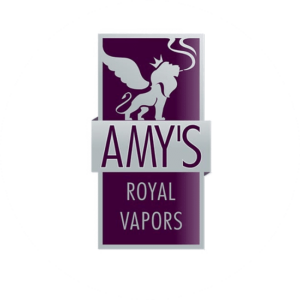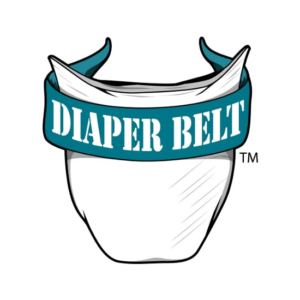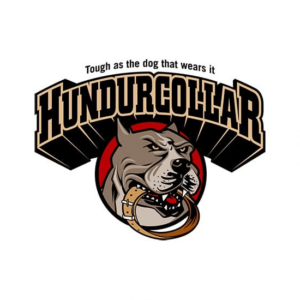Recent Product
Logo Design
Below are some examples of product logo designs we have created from scratch for our clients. Please remember, your logo will be completely unique to your business. These real examples are just to give you an idea of the quality you can expect. You can change to view examples from a different industry by using the drop down menu.












Logo Packages
Logo Only
-
- 5 Logo Designers
- 5 Concepts
- Unlimited Redraws
- Unlimited Revisions
- Money-Back Guarantee
- Copyright Transfer
Logo + Matched Stationery
-
- Logo Only Package
- + Business Card Design
- + Letterhead Design
- + Envelope Design
Logo + Matched Stationery + 500 Business Cards
- Logo + Matched Stationery Package
- + 500 Business Cards
Do You Have Any Questions?
Product Logo Design Explained
Product logos have become a part of daily life. The average person sees hundreds of logos in a day. Some of them are not familiar, and they will never become familiar because they lack the qualities of an effective logo or large marketing budget. Other brand marks you recognize instantly.
Between colors, imagery, and typography, there is a lot to consider when designing a logo for your product. Creating a memorable product logo is possible once you understand how these elements should work together as part of a cohesive design.
Why Are Logos Important for Products?
Logos are the face of a brand. A logo can attract new people to an unknown product. A good brand identity is also what makes an already familiar consumable more recognizable. Think about the logo on Apple products. People around the world recognize the simple apple with the bite out of it.
Logos do more than make goods recognizable. They send messages about a brand. For example, the Hostess logo features a combination of colors and typography that are playful. The heart above the brand name adds a whimsical touch. These elements of the logo design mimic the positive feelings associated with eating baked goods. If the Hostess logo featured serious typography and subdued colors, it would not match what the company embodies.
Why Do Logos Fail?
By knowing what makes a bad logo design, you can ensure you don’t make the same mistakes when designing your logo. Here are some basic things to avoid as you create your logo.
Too Many Elements
A good logo does not overwhelm the eye. Trying to cram too many colors, letters, or images into a logo makes a mess out of it. Eyes will pass over it. Simplicity is always desirable. Think about the Pepsi logo, which is colorful but not garish or overbearing.
Unrelated Imagery
The logo should not misrepresent the product. Think about the Hostess logo again. What if they incorporated an image of a vegetable into their logo?
Too Trendy or Time Sensitive
A good logo does not need frequent adjustments. That is not to say that designers should not adjust a logo for seasonal purposes or update it as times change, but the basic elements of the design should stand the test of time.
What are the Elements of an Effective Logo?
You are in the store and looking to stock up on skin care products. You recognize the logo of your favorite cleanser and snatch a bottle of it. The first time you tried that brand, did the logo influence your choice? In order to be effective, a product logo design should achieve the following.
Use Color Effectively
Certain colors affect humans in different ways. Here are a few examples:
1) Red is a power color that is great for catching attention. It’s also a versatile color that can call to mind things like love and passion or hate and blood, depending on the context.
2) Blue communicates trust, intelligence, and calmness. These associations make blue a good choice for tech or business goods.
3) Yellow is cheerful and friendly, making it a good option for wellness and children’s products.
4) Green can represent balance and nature. Not surprisingly, green is a popular choice for environmentally-friendly items.
Stand Out
Some products within the same industry have similar logos, to the point that the logos look basically the same.
Organic hair brands might all feature images of leaves and fruits along with an array of earthy colors. Those elements are appropriate considering the product’s use and ingredients. However, because those are some of the most obvious things that a designer might use for a product of that type, a logo needs more than those expected elements in order to stand out.
A unique approach to typography, color, or images can put the right spin on a logo and put it a step ahead of the competition. Consider what differentiates your brand from others in your industry, and use those differences as part of your logo design.
Be Timeless, but Timely
A good logo should stand the test of time. But current events and cultural changes can make a logo go from appealing to outdated or even offensive. Keep your design flexible enough to be tweaked without becoming unrecognizable.
Be Versatile
A good logo makes a product stay recognizable even when minor changes take place to account for seasonal promotions or different styles of printing. Can you dress it up with a holiday theme? Does it still look fantastic when printed in black and white? Will the logo look good both online and in print displays?
How Can You Choose a Good Designer for Your Logo?
Here are a few things to look for in a designer who can help you effectively design your logo.
1) An understanding of your brand so that the final design will convey the right message.
2) Knowledge of your target audience. What appeals to them? How can the product fit into their everyday lives? What is likely to catch their attention?
3) An understanding of current trends in your industry’s logo designs. Your designer should not try too hard to imitate successful logos but does need to be aware of what your competitors are doing. Uniqueness is desirable.
4) A lot of questions for you. If you feel like your designer disregards your viewpoints on what your logo should look like, it is time to move on. You should also show a willingness to listen. Designers are the pros and know what they are doing.
5) A willingness to give you options. Agree up front on the number of revisions and design concepts. For example, The Logo Company lets you choose among a minimum of five different designs from five different designers and unlimited revisions.
6) A commitment to making every part of the logo work. A logo can have a great image but so-so typography. Maybe it misses an opportunity to make use of negative space. If even one element does not work, take advantage of revision services.
Even the best goods need help to stand out from the crowd of competitors, and a well-designed logo can make it happen. Now that you know what an effective logo involves and how you can identify a good designer, work with The Logo Company to help make your vision a reality.
